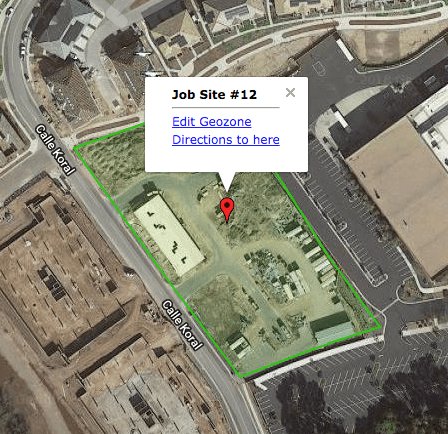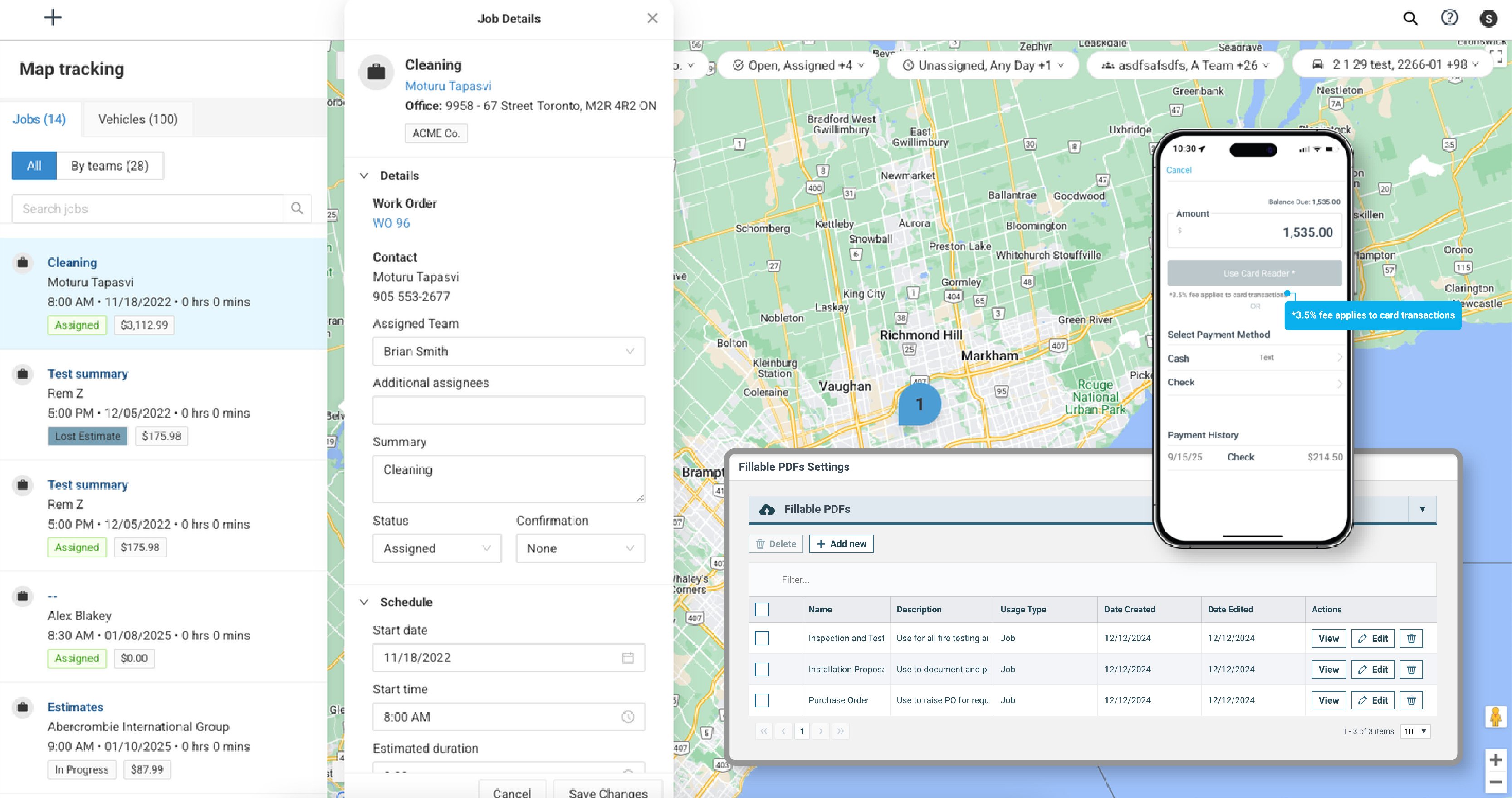Can Geofences – a Great GPS Fleet Tracking Tool – Help Boost Revenue? You Bet!
 One great tool in ClearPathGPS that our customers love is our Geofences tool – as it helps virtually monitor jobsites, and provides reports and real-time alerts (via texts) of unauthorized movements. Though here’s another benefit of using geofences, it can actually help your company increase its bottom line.
One great tool in ClearPathGPS that our customers love is our Geofences tool – as it helps virtually monitor jobsites, and provides reports and real-time alerts (via texts) of unauthorized movements. Though here’s another benefit of using geofences, it can actually help your company increase its bottom line.
That’s because the data your geofence tool generates over time can give your team real-world data and analysis that helps you develop smarter bids for jobs, improve your relationships with general contractors and other key partners, and boost revenue.
To see how this works, let’s think about two hypothetical scenarios:
Hypothetical 1: Bidding without real GPS and geofence data from your company’s previous jobs (The “Guess-Wonder-Hope” Strategy)
Let’s say you’re bidding on a construction project, and the GC is looking for timeline estimates. Your company has worked as a sub on similar projects before, so you have strong evidence on how long (in days, weeks, etc.) this one should take. Or… do you? For your employees’ time on each job, you have only their self-reported, handwritten time cards from previous jobs.
Hmm. You can sort of double check this, because your dispatcher or office manager always makes a note of when your field team leaves in the morning with your vehicles and equipment, and when they bring it all back at night. But still…
Hmm. What you don’t have, unfortunately, is actual hard data to tell you exactly how long each of your team members were at these job sites, how long they took for breaks and lunch, and during what percentage of their time onsite they actually had your equipment powered up and operational.
For the rest of that time, were they preparing? Discussing details with the customer? Scrolling through Facebook? Telling jokes?
In other words, you’ll be totally guessing about how long this type of job actually takes your company. Guess too long, and you could turn off the GC. Guess too short, and you’re committing your company to an unachievable goal — and creating an angry GC who probably won’t want to hire you again.
It’s the same story when it comes to your bid’s estimated costs without the benefit of a history of your GPS and geofence data.
For labor? You’ll have to guesstimate based on previous timecards—all self-reported by your employees.
For equipment costs? Who knows how much wear-and-tear your pneumatic blowers or bucket arms are going to sustain on this job, and whether you’re going to have to stop in the middle to service or replace a failing piece of equipment? Heck, who even knows how many lifetime hours any of these tools have already put in, how many they have left, and what that says about how much you can rely on them for this job?
Bottom line: Without the right type of data, your company risks submitting a bid so high that you miss out on a potentially profitable job… or so low that you actually land a job that turns out to be a money-losing nightmare.
Hypothetical 2: Bidding with GPS and geofence data from your company’s previous jobs (The “We-Got-the-Job-and-it’s-Actually-Profitable!” Approach)
Now imagine you’re about to bid on the same project, but you’ve got data from your GPS tracking app. That service provides you a wealth of ongoing GPS data about your vehicles’ health and performance, your employees’ time in the field, and even the status of your power take-offs, so you can track your total engine hours and equipment health.
That means you can craft a bid around much more accurate assessments of:
-
The number of overall hours your company has spent completing similar projects.
-
The number of hours your employees actually spend onsite during such jobs — onsite as opposed to, say, on their lunch breaks, or traveling to and from the job site each day.
-
The actual number of hours each of your vehicles’ engines spend operational during such jobs: daily, weekly, or over the entire course of the project.
What this means, of course, is that with the right tracking solution, you’ll be in a much stronger position to use the GPS and geofence data you’ve collected to bid effectively for jobs.
It also means that because your estimates will be based on real data and analysis — as opposed to the “guess-wonder-hope” approach — your company will also be better positioned to deliver on your bids’ promises. That will not only delight the end customers but will also strengthen your standing with the general contractors who represent the lifeblood of your business.





